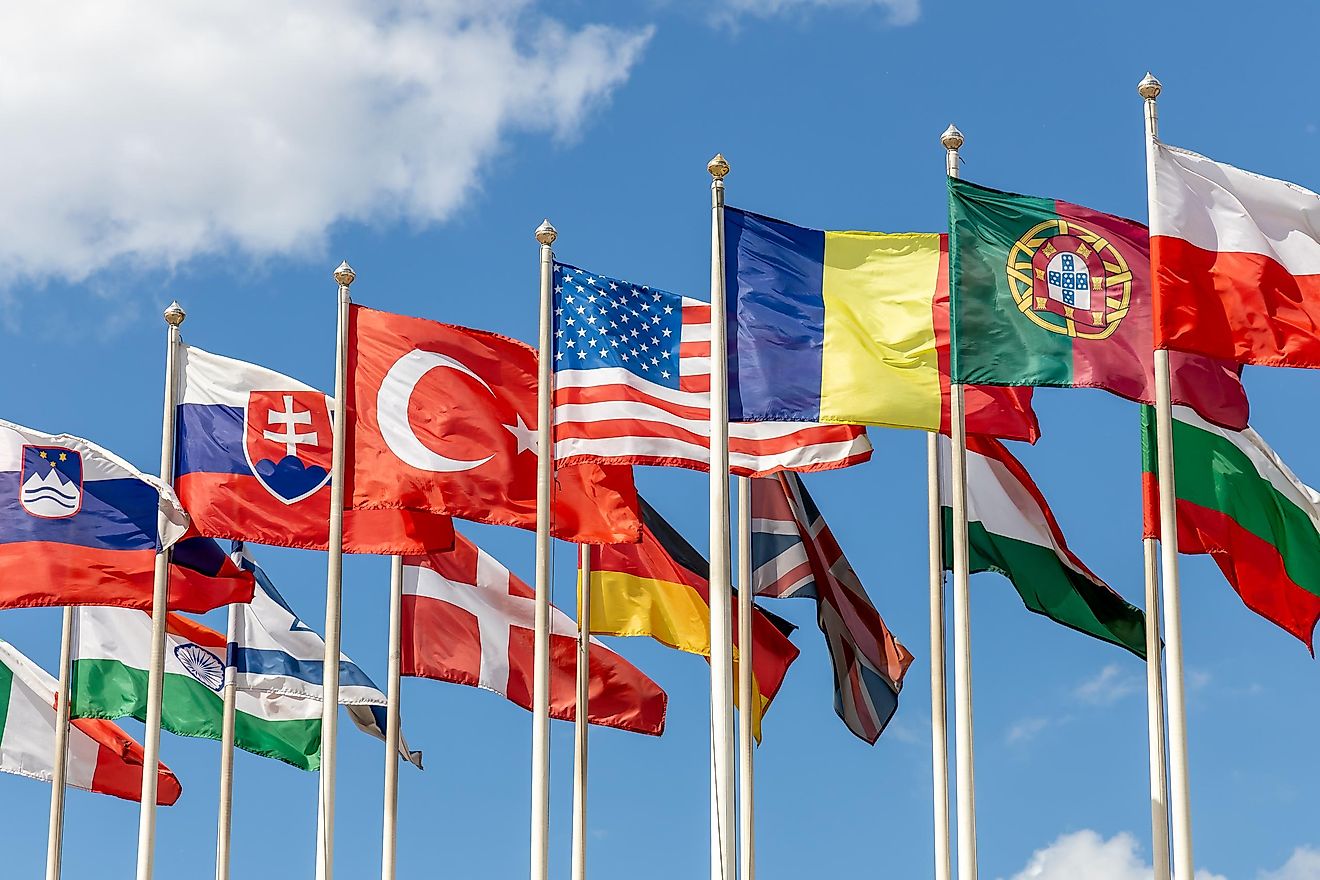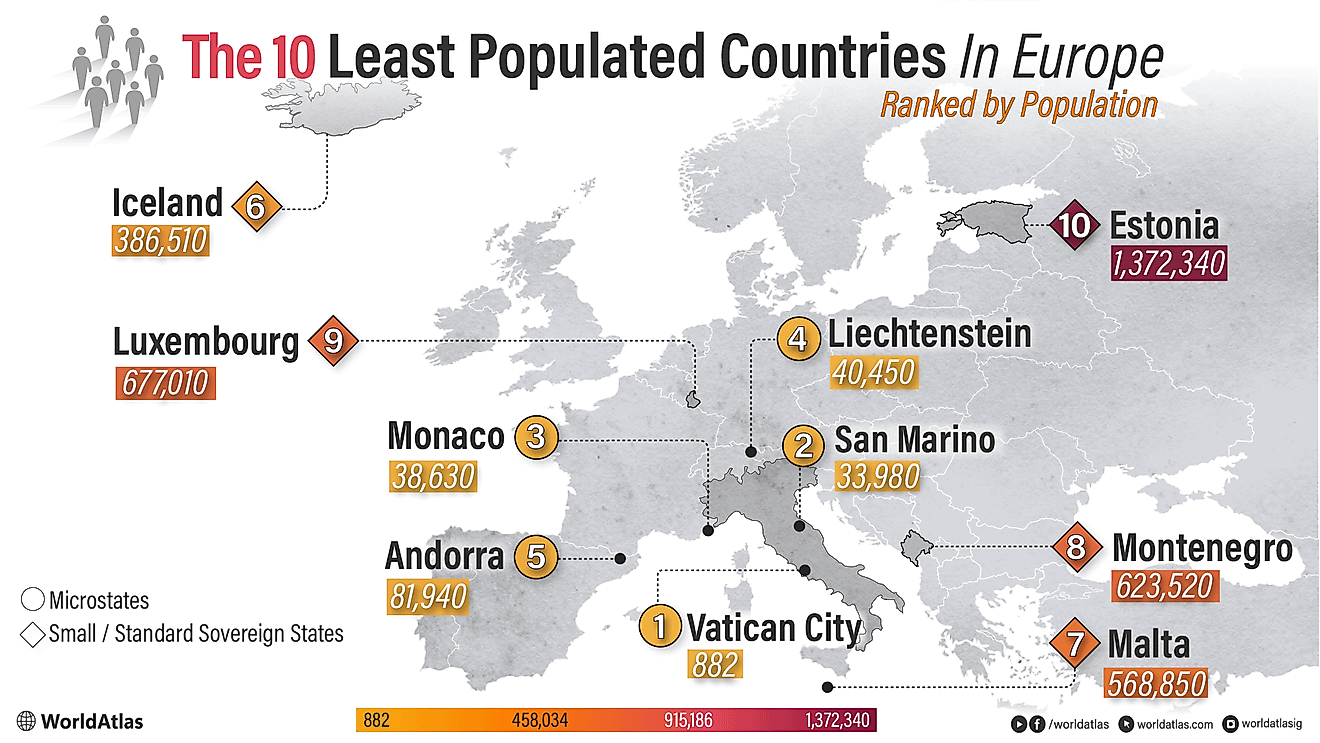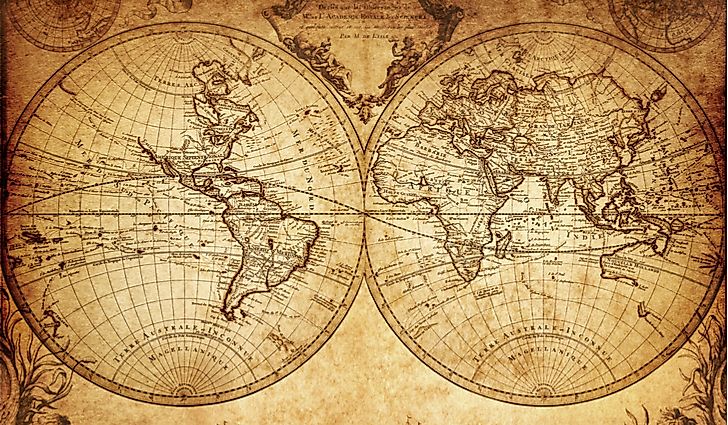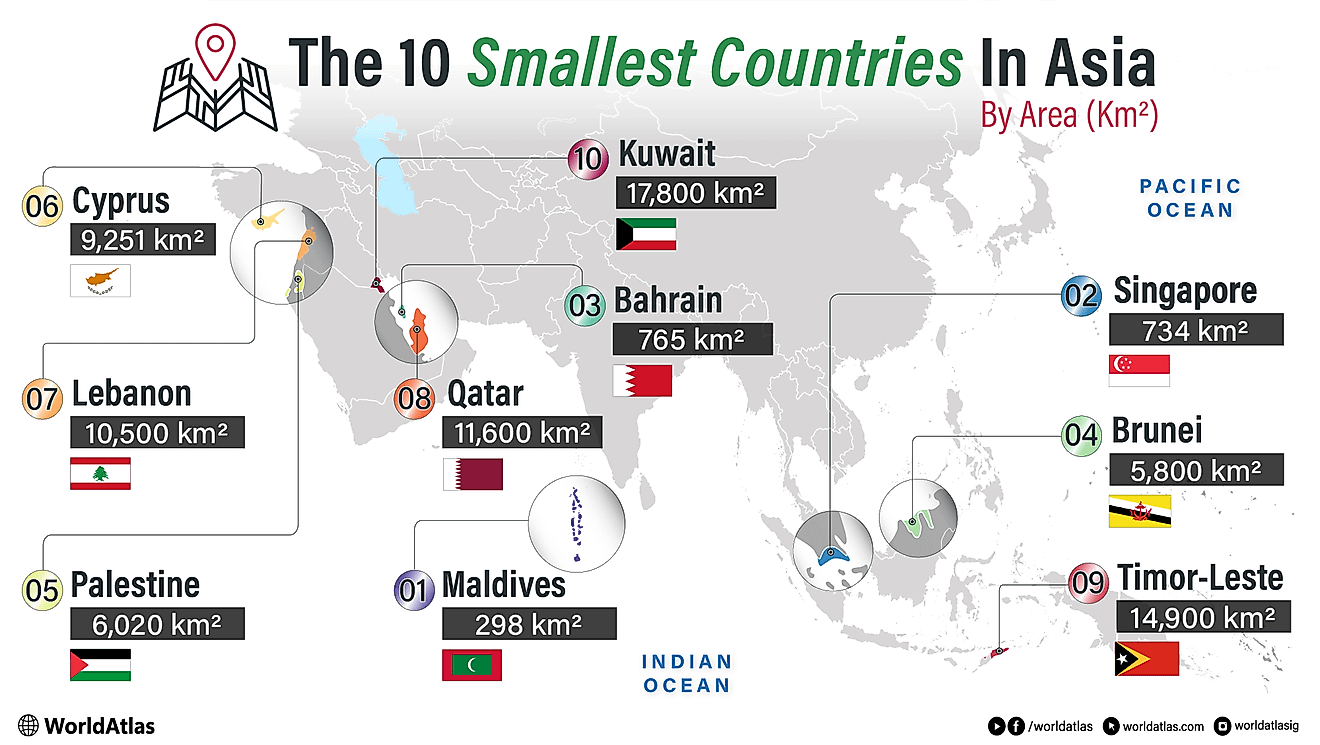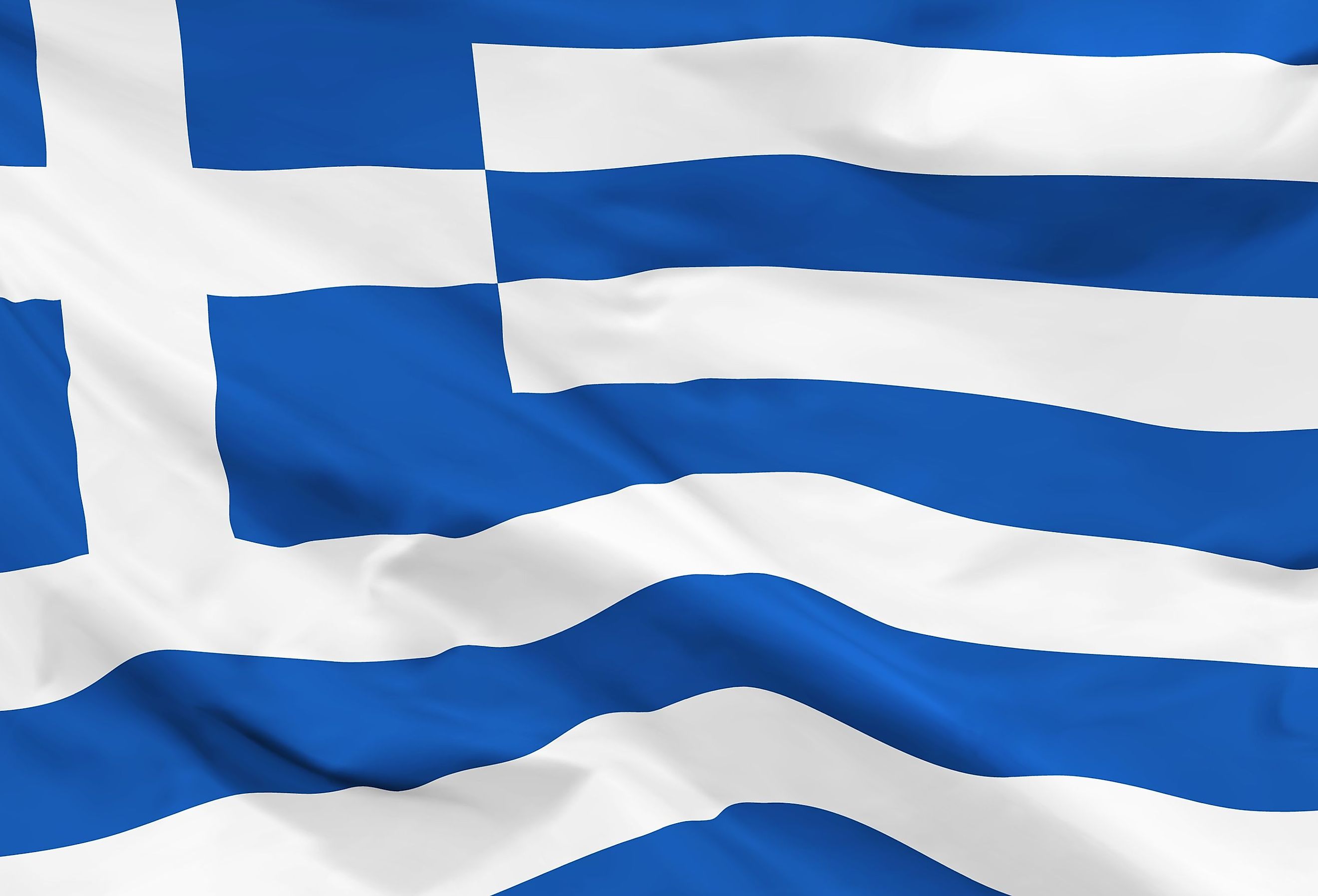
Countries with Blue and White Flags
Flags are national symbols and an expression of art. A flag can unite or fracture groups of people depending on regional political climates. For example, the 2011 civil war in Syria saw the rise of two opposing factions. The official flag maintains two green stars in the center, and the opposition flag contains three red stars. Wearing an emblem of one or the other can incite emotional acceptance or rejection in the presence of politically invested Syrian citizens.
Honduras
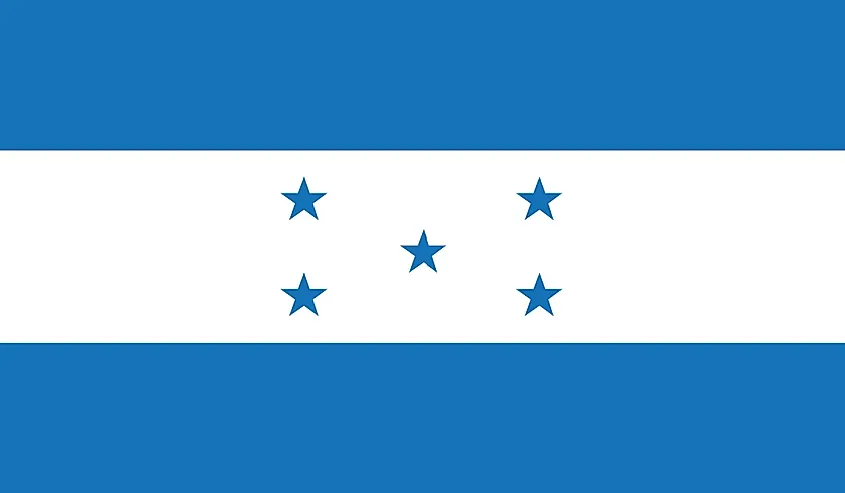
First implemented in 1866, the design of the Honduran flag appears simple, with top and bottom blue bands confining a central white band. Five blue stars appear in the center over the white strip, in a 2:1:2 formation. The reason for the blue bands is sound; they represent the Pacific Ocean and the Caribbean Sea, respectively. The land of Honduras is therefore represented in the center white to celebrate ideals of purity, peace, and prosperity, and the stars form the appearance of the letter ‘H’ for Honduras. The stars in the design, derived from the flag of the former Federal Republic of Central America (FRCA), symbolize the nations that formed the old FRCA, as well as the hope the five nations might one day reunite.
Nicaragua
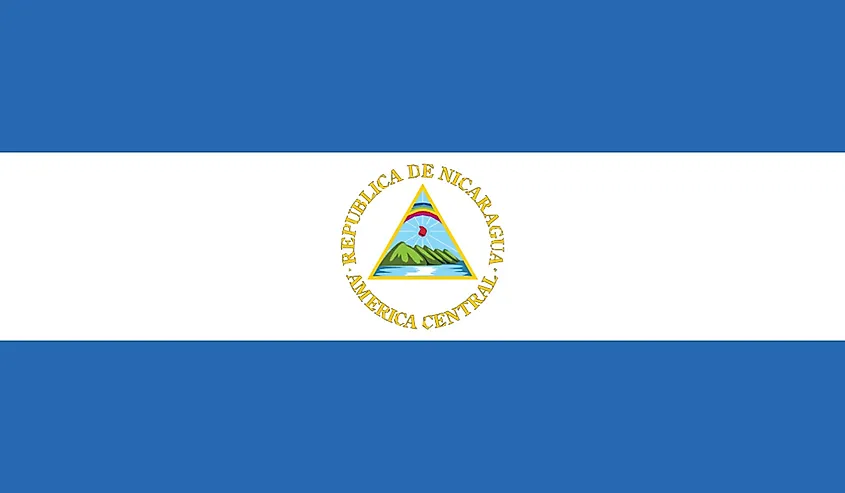
Nicaragua is a spectacular Latin American country located between the Caribbean Sea and the Pacific Ocean. The nation has gone through several flag changes since 1823 which all aimed to improve on their predecessor. Today, similar to Honduras, a central white band is above and beneath blue bands. The text “Republica de Nicaragua-America Central” enwraps the coat of arms. The coat of arms has significant meaning, wherein the triangle symbolizes equality, a liberty cap symbolizes freedom, and five volcanoes between two oceans represent the original five Central American countries between the Atlantic and the Pacific. Gorgeous, symbolic, and historical, Nicaragua’s flag checks every box.
Argentina
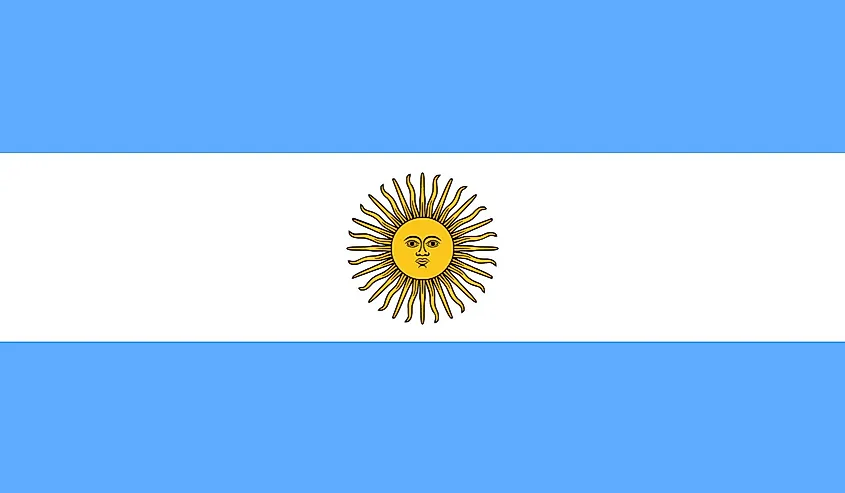
The Argentinian flag consists of three parallel white and light blue bands and the Sun of May. Manuel Belgrano created the flag during the Argentine Wars of Independence in line with the design of the Argentine Cockade. Raised in Rosario for the first time on February 27, 1812, the addition of the golden sun over the white stripe came in 1818. The flag with the Sun of May is the official ceremonial flag while the one without the golden sun is ornamental. The ornamental flag is always hoisted right below the Argentinian flag. A unique design that stands out in every World Cup, the Argentinian flag is a symbol that people from all nations can appreciate.
El Salvador
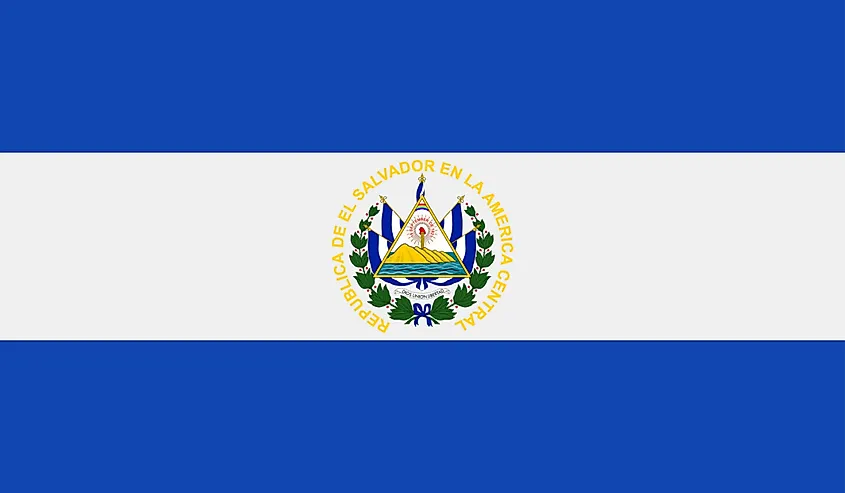
El Salvador’s flag is a triband (blue-white-blue) flag with a coat of arms. The white represents solidarity and peace in the world while the blue represents the two oceans surrounding Central America and the great sky. Blue is a significant color in the country’s identity and culture. The country harvests the Indigo plant, used to produce blue dyes. El Salvador adopted their flag on May 27, 1912. Fascinatingly, the blessing of the flag occurred in a church as early as 1822, and the design is a reminder of Central American unity.
Finland
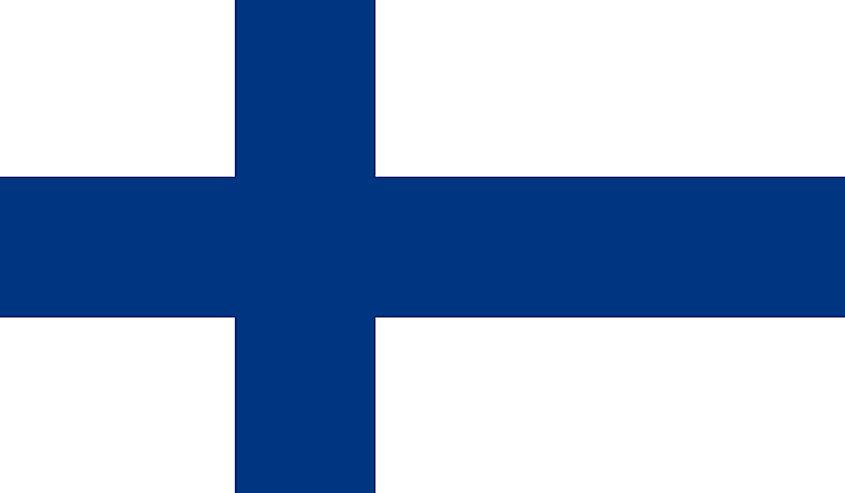
The flag of Finland, also known as the blue-cross flag, dates to the twentieth century. The flag has a blue Nordic cross on a white background, based on the cross of Scandinavia. Furthermore, Finland adopted their national flag on May 29, 1918, after it gained its independence from Russia. White represents the snow that covers the country in winter while the blue color symbolizes the sky and numerous lakes in Finland. Finally, the blue cross represents Christianity which has been a core religion in the nation for many centuries. The color scheme and design are often used in flags from Finnish municipalities and military regiments.
Greece
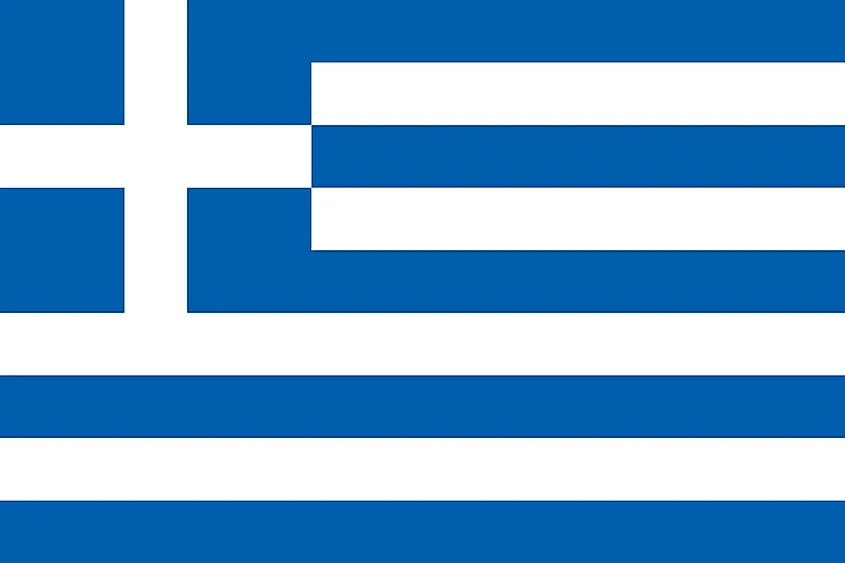
The Greek national flag features nine horizontal stripes of white alternating with blue. It also has a blue canton on the upper hoist-side with a cross. The white cross represents the established religion of the locals (Eastern Orthodox Christianity). The nine stripes represent the nine letters of the Greek word for “freedom”. However, another theory claims that the bands represent the nine goddesses of science, literature, civilizations, and art. The white and blue colors symbolize the colors of the Greek sea and sky. The Greek flag was officially adopted on January 13, 1822.
Israel
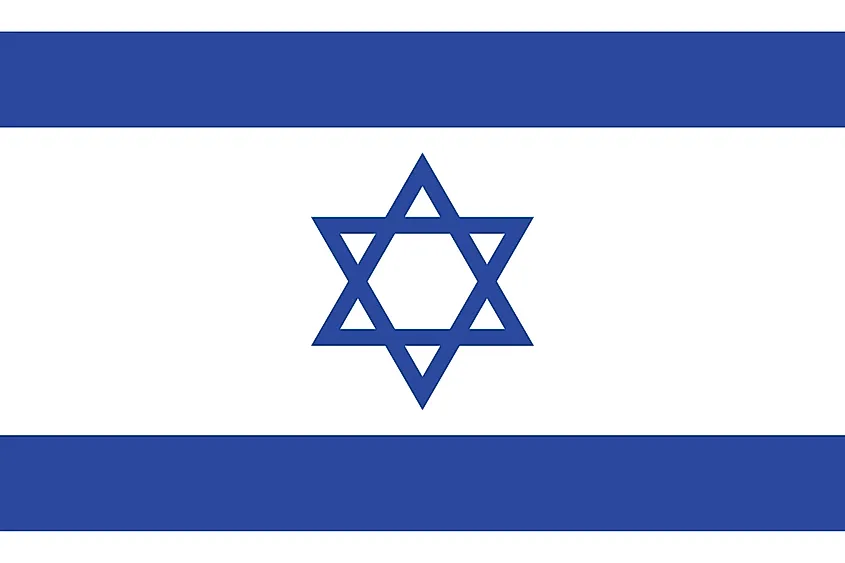
The central symbol of the Israeli Flag, the Star of David dates back to the 13th and 14th centuries BC. This symbol, used in ancient texts, became a visual icon for followers of the Jewish faith. Although the State of Israel only came into existence in 1948 after the eviction of Palestinian lands, the design of the flag occurred in the late 19th century. Created in Boston, Massachusetts, US by Jewish immigrants, the flag was on display at B’nai Zion Educational Society in 1981. The flag also bears similarities to a traditional Jewish prayer shawl. The exact shade of blue used is not mandated or defined by Israeli law, and the popularity of the flag grew as Zionist movements became more popular.
Micronesia
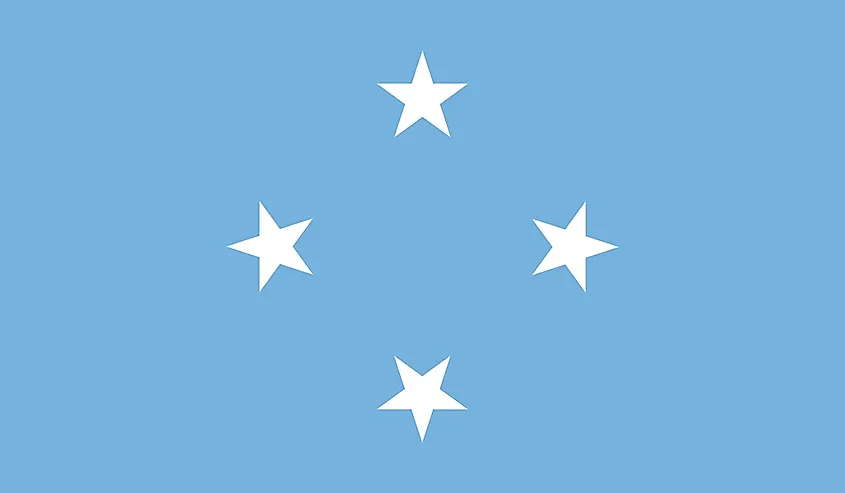
The flag is simple; a light blue background with four white stars of varying orientation at the center, which form a loose diamond. The expected width-to-length ratio is ten to 19. In part, the 1962 administration over Micronesia by the United States led to the design, inspired by the United Nations flag. The current flag has four stars instead of six because there are only four districts in the country now. The blue background represents the Pacific Ocean, and the flag was officially approved in 1978. Micronesia proves that short and sweet is more than enough when it comes to national symbols.
Somalia
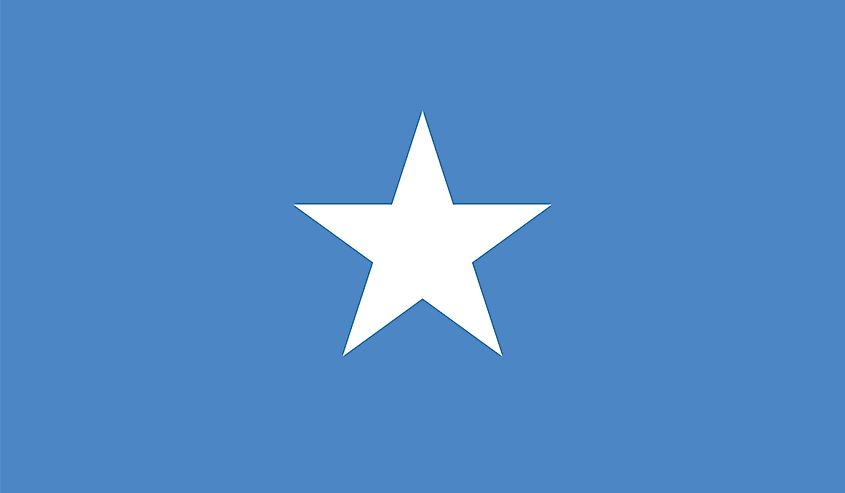
A gigantic star hovers over a crisp blue background in this iconic flag. Somalia settled on the design in 1960 during a process of unification between Somaliland and the formerly Italian Somalia. The results of WWII pushed Britain to give Somaliland, their former colony, an assurance of eventual independence. The five points of the central white star refer to the Somali homeland, and the color scheme reflects the United Nations flag because the UN played a central role in Somalian independence. Hoisted first in 1954, this flag has persevered through the decades, unchanged.
Fights for independence, hopes for future unification, and religious symbolism dot these iconic flags. The white and blue for many countries is indicative of their former relationship with the global body, the United Nations. Whereas in other countries, the color scheme simply represents features of the country, such as the position of surrounding bodies of water. Furthermore, ideals for citizens to strive toward are often placed as symbols on these flags, to aid as guiding values during times of trouble and social strife.
